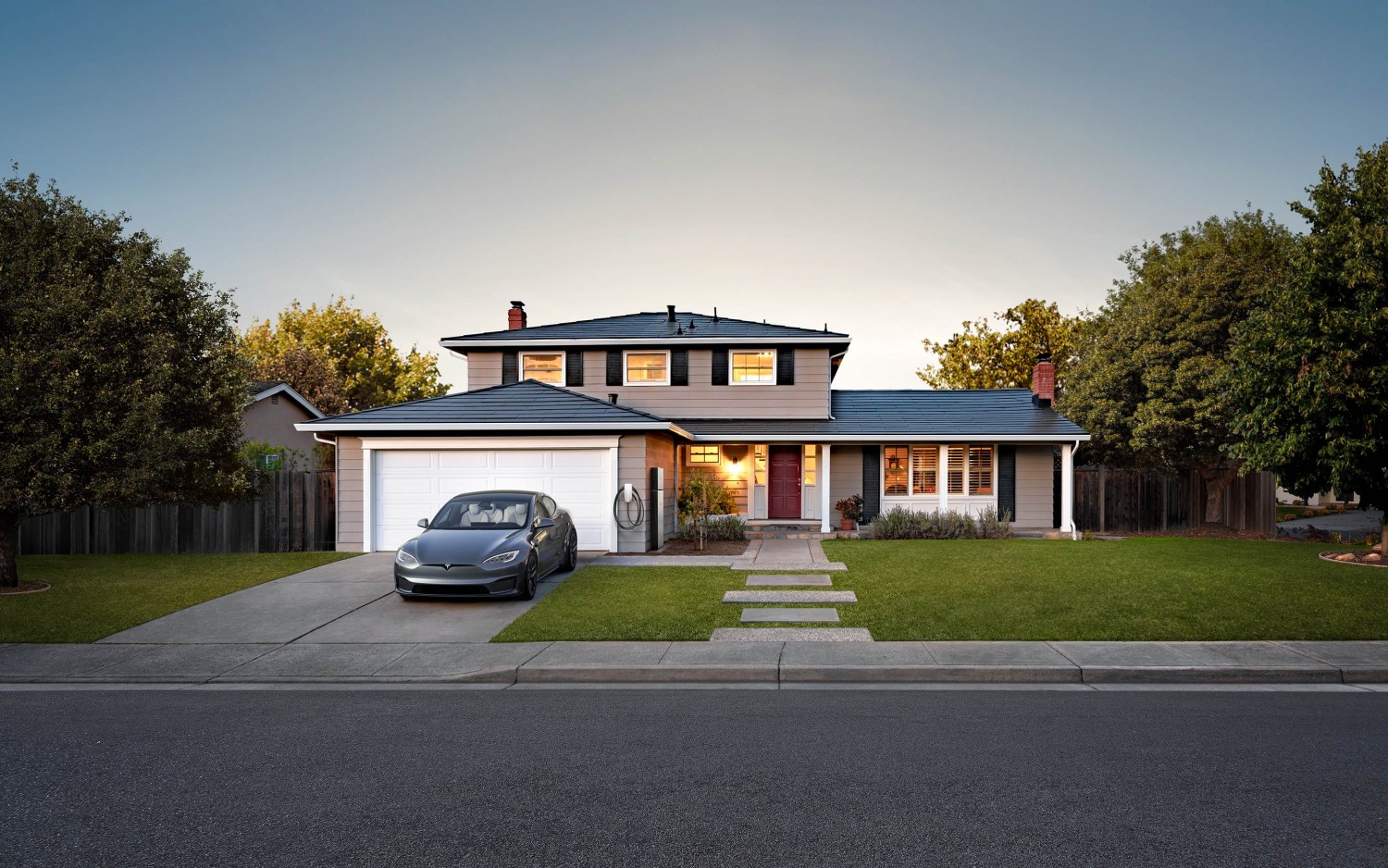
Which Tesla Model 3 Trim Is Best? Here’s Our Guide - MotorTrend
- by Motor Trend
- May 26, 2023
- 0 Comments
- 0 Likes Flag 0 Of 5

May 26, 2023
Read around our site a bit, and it'll be obvious we're fans of the Tesla Model 3 sedan. Not only does it hold the top spot in our rankings of electric luxury compact cars, but the Model 3 is also our favorite compact luxury sedan (as of this writing), rated above the BMW 3 Series and Genesis G70. Even after the recent “Highland” update, the Model 3 is the cheapest Tesla you can buy, and it still delivers generous range, strong safety ratings, and impressive performance.
But even if you've decided you want a Model 3 over a Model Y or a BMW i4, there's still one more decision to make. Tesla currently offers two trim levels for the Model 3: base rear-wheel drive and Long Range with dual-motor all-wheel drive. At the time of writing, Tesla has not yet introduced a replacement for the Model 3 Performance benefitting from the changes made as part of the Highland refresh. While the upcoming top-level trim hasn’t been announced just yet, we have reason to believe the automaker will apply its high-performance Ludicrous upgrades to what we expect to be the quickest and fastest version of the Model 3.
So which Model 3 trim is best? Should you spring for the anticipated Ludicrous upgrades? Stick around while we spell out the pros and cons of each variant.
Tesla Model 3 Rear-Wheel Drive Pros and Cons
This is the entry-level Model 3—the cheapest Tesla you can currently buy. After late-2023’s turbulent price changes, the Tesla Model 3’s out-the-door MSRP has settled at $40,630. That sum includes a mandatory $250 order fee and a $1,390 destination fee. This is the only single-motor variant of the Model 3, and its 257 hp and 266 lb-ft of torque are routed through only the rear wheels. In our testing, the entry-level Model 3 scoots from 0 to 60 mph in 5.6 seconds. Tesla says this version of its compact sedan reaches a top speed of 140 mph. Plus, even this base model boasts an estimated 272 miles of electric range when equipped with the basic 18-inch Photon wheels wrapped in all-season tires. Equipping the available 19-inch Nova wheels, which cost a $1,500 premium, drops range to an estimated 248 miles.
The entry-level Model 3 trim comes well equipped, too, with all the same standard feature content you'll get on more expensive models. There's a colossal 15.4-inch touchscreen that operates the infotainment system at the center of the interior. The cabin comes standard in black with ventilated seats, ambient lighting, and wrap-around acoustic glass. The black and white two-tone scheme is a $1,500 upcharge. Basic Autopilot—which includes adaptive cruise control, lane centering, automatic emergency braking, and blind-spot monitoring—is standard.
Stepping up to Advanced Autopilot costs $6,000 and enables a host of additional features: hands-free driving enabled by navigation, automatic lane change capability, and hands-free Autopark assistance. Advanced Autopilot also includes Summon and Smart Summon, which allows the Model 3 to autonomously find the driver at low speeds. For $12,000, Tesla equips its Full Self-Driving Capability (FSD) package, which combines Basic Autopilot and Enhanced Autopilot with the automaker’s Autosteer hands-free driving on city streets. Model 3 sedans equipped with FSD have start-and-stop capability for traffic lights and stop sign control. Despite Tesla’s optimistic branding for its driver assistance technology, we’ve found these features to require intense monitoring. We’d caution against spending $12,000 for Full Self-Driving Beta and would encourage Model 3 shoppers to instead option Enhanced Autopilot for better value.
Stealth Grey is the only standard paint color. Other shades are optional. Pearl White Multi-Coat and Deep Blue Metallic are offered for $1,000. Solid Black costs $1,500, and gorgeous Ultra Red costs a hefty $2,000 over the Model 3’s base price. Tesla doesn’t include home charging equipment but offers a wall connector for $450 and a mobile connector for $250.
Tesla Model 3 Long Range Pros and Cons
The central difference between the standard and Long Range versions of the Model 3 is the latter's second electric motor, which drives the front wheels. Equipped with standard all-wheel drive, the Tesla Model 3 Long Range Dual Motor produces a combined output of 394 hp and 377 lb-ft of torque.
Starting at $49,380, the Model 3 Long Range is pricier than the base model. However, there are notable benefits—in addition to AWD traction—to spending the extra dough. First off, range jumps by about 20 percent to an estimated 341 miles. The Long Range is quicker than its little sibling, too, hustling to 60 mph in an as-tested 4.2 seconds. Autobahners and speedoholics will also be pleased to know the Model 3 Long Range tops out at 145 mph, an increase of 5 mph over the single-motor variant.
Otherwise, the Tesla Model 3 Long Range comes with the same features and options as the base car. Those who want to travel farther on a charge will enjoy their ability to do that with the dual-motor variant, but no matter whether you choose this model or the base car, you won’t miss out on any tech or Easter eggs.
Tesla Model 3 Ludicrous: What to Expect
After the discontinuation of the Model 3 Performance, Tesla's equivalent to a BMW M3 or a Mercedes-AMG C63, there’s an empty spot left at the top of the automaker’s compact sedan lineup. It’s a spot driving enthusiasts should be eager to have filled; when we tested a Model 3 Performance, it launched to 60 mph in just 3.0 seconds. That's quicker than either of the aforementioned German competitors, not to mention our former long-term C8 Corvette. What’s more, the EPA rated the Model 3 Performance’s driving range at a healthy 299 miles.
Lovers of electrified speed won’t need to wait much longer. We have good reason to believe the Performance trim’s successor will be called the Model 3 Ludicrous, poaching its name from the ultra-quick versions of the Model S and Model X. The updated sport sedan is expected to receive an up-rated rear motor, good for 406 hp. Combined with the carryover front motor, which is expected to produce 211 hp, total output should be rated right around 600 hp.
Based on what we know so far, peak power will be available at speeds up to 68 mph. That’s a significant increase over the Model 3 Performance’s 47-mph peak. With weight expected to remain unchanged at 4,089 pounds, we suspect the Model 3 Ludicrous will be better suited for driving on track. Other upgrades appear to include new aerodynamic wheel designs, summer tires, a carbon-fiber spoiler, performance-oriented suspension, and red brakes that presumably provide improved stopping power.
Although Tesla hasn’t officially announced this trim yet, we estimate pricing will sit somewhere between $55,000 and $65,000, which are the approximate highs and lows of the discontinued Performance trim.
Which Tesla Model 3 Trim Is Best?
While we’re excited by the prospect of the Model 3 Ludicrous and enticed by the far-driving Model 3 Long Range, our recommendation remains the entry-level, rear-wheel-drive Model 3. Few other electric cars come close to what the base Model 3 offers in terms of standard features, and 272 miles of range with RWD should be plenty for folks who live in places with decent charging infrastructure and temperate weather. We’ve also noted superior handling and steering feel from the single-motor Model 3. That said, the Long Range is perfect for drivers who want AWD traction and more time between charges, and the upcoming Ludicrous variant promises to be a riot for those who can swing the sticker price.
2024 Tesla Model 3 Trims:
Base (MT's pick)
Please first to comment
Related Post
Stay Connected
Tweets by elonmuskTo get the latest tweets please make sure you are logged in on X on this browser.






 Energy
Energy


















